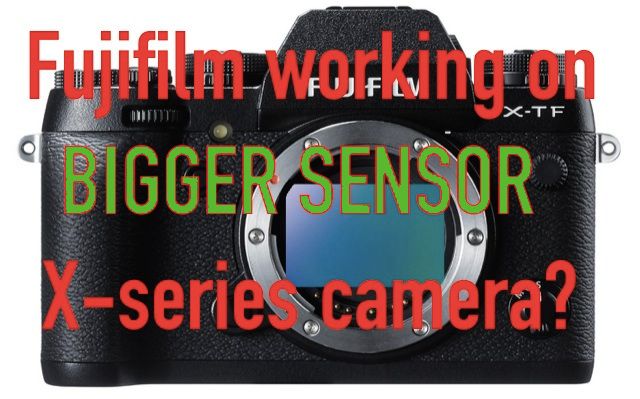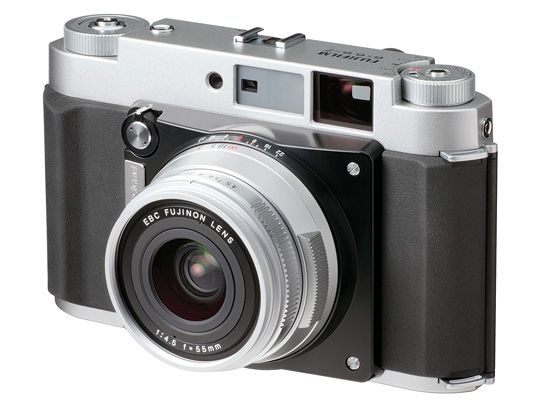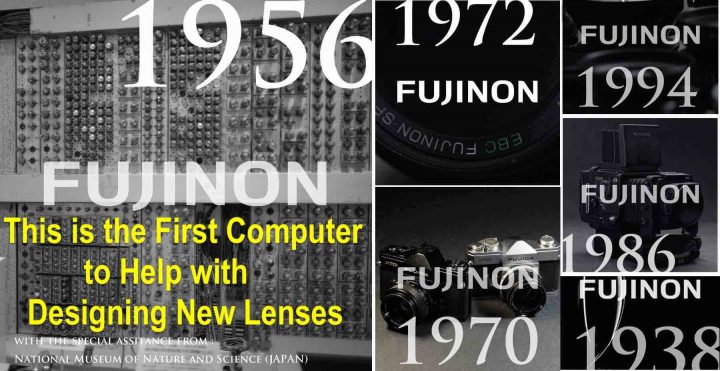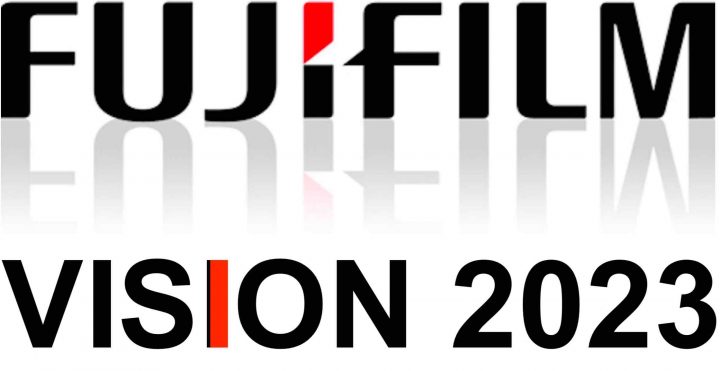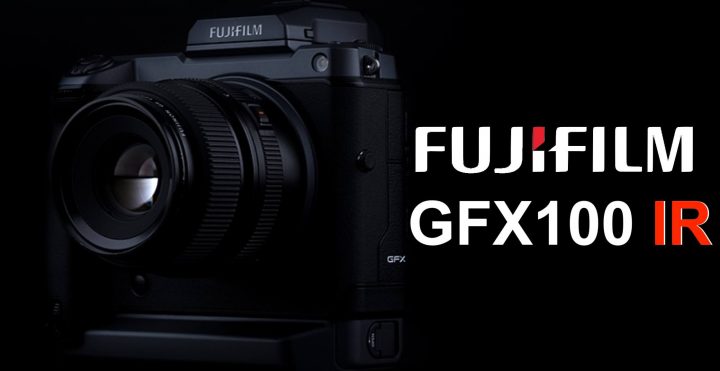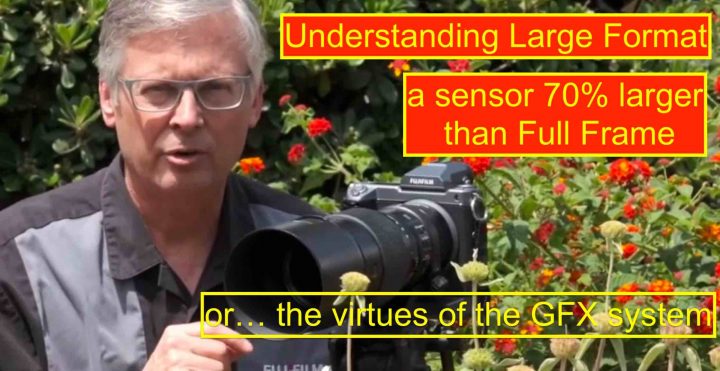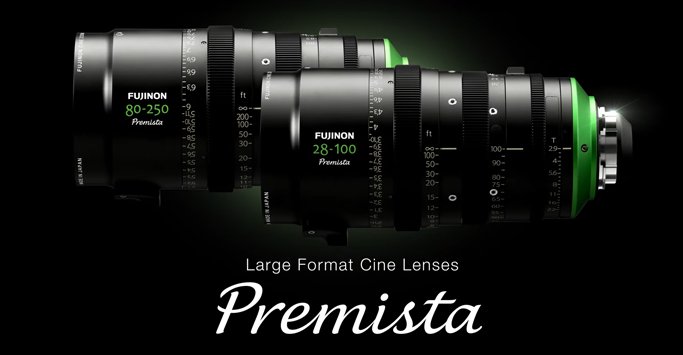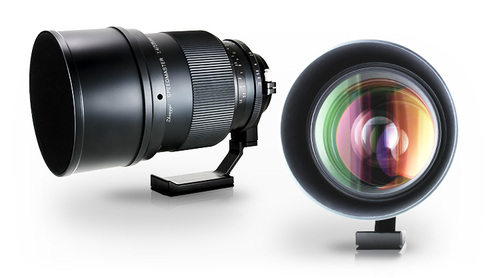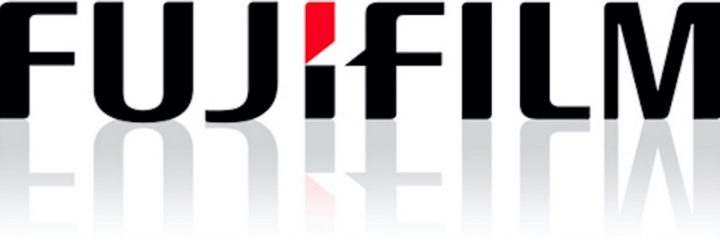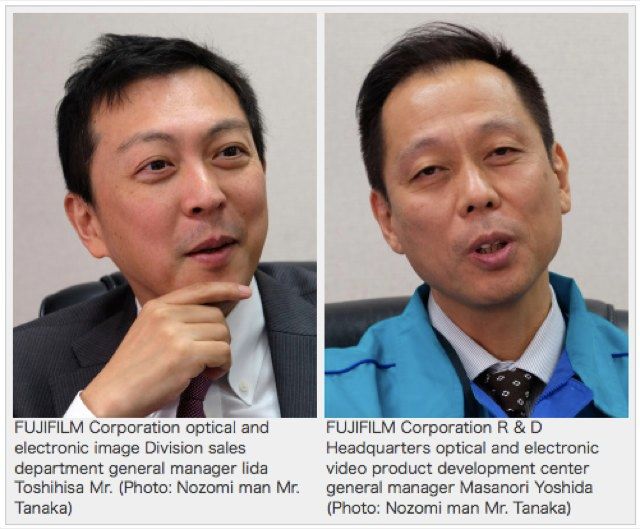
Interview at dc.watch (translation) with Fuji Manager Mr. Iida Toshihisa. If there is any Japanese reader who can translate / summarize the interview better, please feel free to do it in the comments down below.
From the interview
TRANSLATION BY ANTOINE (THANKS)
Q: Photo and Camera, which is most important?
As a camera maker, our dream is to make the camera as close as the human eye as possible (reproduce the impression we get from our eyes). The photo is both what remains and what records, so it’s the role of the camera to do so.
Whatever happens the image quality is the most important part, but not the only important one: it is necessary to reflect what the photographer likes and what he feels.
Q: When planning and developping a camera, what is important?
Cameras are tools to take pictures. It’s very important to have a small, light and easy to use camera to enable the photography and image quality in a pleasing way.
When we plan a camera, of course we are considering the cost, but more than that, the features are a heavy topic. We want to create a product which value will be understood by the customer.
Q: What is the appeal of ILCs?
They have a lot of advantages. By using multiple variations of lenses, they can enlarge the possible expressions of the environment. You ca also enjoy the different tastes and representations of the different lenses.
Q: What are the comparative appeals of DSLRs and mirrorless cameras?
DSLRs have for themselves the OVF, speed, large choice of lenses and battery llife. But we have decided not to take that path, to avoid limitations in the future.
Mirrorless cameras benefit from the ease of use of EVF, focus peaking [or focus accuracy, not too sure…], small size and weight, many automated functions, higher quality design possibilities of the lenses due to the shorter flange distance (especially wide angles and primes).
In addition, the absence of mirror make the camera quieter and avoids mirror shock, which is better for image quality.
Q: How can the ILCs evolve further from here?
For the DSLR, the FF models are going toward higher quality and the APS-C are going toward faster speed, isn’t it? But it feels like there is a lack of real incentive for these DSLR customers to change.
Mirrorless are getting toward speeds beyond what DSLRs can achieve. With faster sensor reading speeds, we are going to improve operation speed (responsiveness?) too. And together with that, we are willing to improve further the quality of the EVF.
The lens line-up is getting larger. We need to continue improving the photo part, but listening to customers we know that we also need to work on the 4K of 8K video too.
Q: Is there a chance that we see a completely new type of camera in the future?
We can never say no, but it’s rather a progressive process [many transition steps]. On case we can mention is the 3D cameras. But we believe any camera that goes away from the essence of cameras (a tool to take pictures) cannot sustain long.
By the way, at the Photokina 2014 we presented our new concept Swing Cam. It’s a fixed lens camera for security use, including a technology of image detection to automatically track and take a picture. It’s an automated camera taking picture by itself!
Q: The cameras life-cycle is getting longer, isn’t it? are you going to expand the firmware update and parts exchange service?
Yes, the cycle is getting longer. We want to create devices that you can use longer.
The firmware updates will continue. And we want to experiment with parts exchange. For example, there are people who want lock buttons and people who don’t. I don’t think more frequent models changes would benefit anyone, clients, makers, retailers.
Q: Are you going to increase the sensor size or the resolution?
A larger sensor is certainly allowing higher image quality, but not everything gets better with size. The camera and lenses get larger, heavier, more expensive and the AF gets slower.
Of course, there are some niche areas where you the image quality goes first even if it means larger gear, higher cost and slower speed. But overall, the smaller, lighter systems with high image quality are getting mainstream.
The resolution is going to be increased. With the increase of pixels, the performance becomes a concern, but innovation is bringing the solution to that. But the lenses having also a limited resolution, we are going to reach a maximum. We consider that 25Mpx is that maximum for APS-C. With the current technology aailable, it doesn’t make much sense to go higher.
Q: Regarding the sensor, what new features are you considering?
Fast reading speed. The reading speed should be as high as possible. If we can increase that speed, it opens a lot of new possibilities. Then we also tend toward higher sensitivity. It becomes a global electronic shutter without rolling effect.
Especially for mirrorless, the phase detection AF is an important feature. With contrast detect, whatever happens you need a wobling movement and there are lenses that can’t handle that properly. Phase detect AF is a solution.
Q: In the future, are you going to release a completely new sensor type?
We will continue to develop our X-trans sensor. We put our efforts in increasing the sensor’s resolution.
There is a normal chance of issuing a new sensor. For example there are talks of an organic sensor, but that is still way ahead of us.
Q: If the image processing technology were to improve, what dream would you like to realize?
I think the image processing technology still needs to improve. Getting closer to the human ey is still a big dream and image processing may be able to help realizing it. Especially regarding the dynamic range.
Then, being able to get the photographer’s habits and intention from the information in the pixels would be great. Even speaking of the big data about the photographer, we could envision cameras that learn to read the intention of the photographer. A camera that would take the picture exactly as the photographer envisionned it, that would be an accomplishment.
Q: Is it a good thing to use active image processing?
Yes, I think so. Maybe it will allow to capture images the human eye cannot. High sensitivity or night-vision cameras, or removal of the haze or heat distortion at long distance are examples.
Or else, the increase of stereoscopic effect, or the color rendition [gammut?] increase are other examples of how the usage of image processing could open possibilities.
Q: You are considering moving to the electronic shutter in the future. What are the advantages over mecanical shutter?
Yes this is a possibility. It depends largely on the evolution of sensors. When possible, the advantages would be higher speed, higher burst-modes and silence. That’s because the electronic shutter fixes the inconvenients of the mecanical shutter. It would also benefit the camera size.
Q: Are you considering changing the OIS to electronic?
Changing OIS to electronic stabilization would inevitably degrade the image quality, so it would be difficult to consider on a large sensor.
Q: Since last year, the sales of DSLR are decreasing. Why do you think this is happening?
Simply put, the mirrorless cameras innovation and the strengthening of the lenses had a impact. The DSLR market has reached maturity and the lack of innovation is probably a reason too.
The Canon EOS 7D markII is one example of potential development axis. It pushes the apeal of APS-C to it’s maximum.
Q: What is the reason behind the increasing sales of mirrorless?
Camera usability expectations have clearly changed, in my opinion.
Q: How do you forecast the compact cameras market will evolve?
Except for cameras having a clear specialty, they will disappear.Probably the waterproof cameras, action cams, superzooms, large sensor types will survive.
Q: Do cameras need video functions?
Yes. We consider all cameras require video functionalities. But the X-Trans sensor was developped for still imaging, not video. This is why we focused our efforts on still imaging for the X-series. But we are getting this strong request from many customers, so we are putting more efforts into teh video functionalities.
Q: What are the key points you are considering when developing a new lens?
Image quality. Deliver the best quality through the optics is number one priority. Our approach is not to rely on image processing, but to put everything possible into the steps of optical design. Provide a great autofocus and OIS is also key.
Lenses are one piece of the tool and it is important to improve the sensations and operation for the user, even if then keeping size and weight under control is difficult.
Q: Can we expect the lenses features and quality to improve?
Lenses are an analog technology and I don’t think they would make a big sudden jump.
Through special glass, coating and aspherical designs, the quality and performance will improve progressively. This will go on while keeping the size and weight under control.
Q: Is it good to use intensively the image processing for the correction of the lens aberations and rendition?
For us it’s no. When you rely on image processing, the quality is degraded. It’s different from the fact to have small and light lenses.
Naturally, if you focus first on having a good lens and sensor even before the lights comes in, then at the end you should get good results.
Q: How do you think the memory cards will evolve from now? Do you think the wireless and cloud innovations will make the memory cards unnecessary?
Memory cards should tend toward faster speed and higher capacity, no? I don’t think they will disappear. Physical cards need also better security. Cloud services can be used as backup so I think they will increase in the future.
Q: How will the relationship between smartphone and camera evovle in the future?
We have to increase the relationship between the two devices, both during and after the shot.
Q: What do you think of a 35mm FF X-series camera?
We are now focusing on APS-C cameras. We are researching FF cameras too, but at the moment there is no plan to release a FF camera.
Q: What do you think of cameras with fixed lens and FF or medium format sensor?
We receive requests from customers regarding a medium format camera. However, we think currently the X-series format and operation are best. We still need to figure out if a larger and heavier camera would be really acceptable for the customers.
For fixed lens cameras, the size, weight, features and cost factors are even more important than for ILCs. A medium format fixed lens camera would be large and expensive, and the demand will surely be extremely limited.
Q: So far, only the X-T1 is using UHS-II memory cards. Are you planning to expand to other models?
We are considering only according to each camera specificities and target usage.
Q: Do you think it is necessary to have dual slots?
Yes we recognize that. We received this request from customers and we want to implement it as soon as possible.
Q: What do you think of M43 and 1-inch sensor cameras?
We believe the APS-C format is the best for ILC. It’s still a possibility for integrated cameras [bridge?] but the size, cost and features need to be taken into consideration.
Q: You implemented the wifi in cameras, but what about the GPS?
GPS is posing a problem with battery drain and it also takes time to get a location. It would mean a GPS always on like the smartphones and the affinity with the camera would need to be studied, but it would indeed open some new way of usage.
Translated by FR-reader John (thanks)
X-Trans: “We intend to further develop the X-Trans sensor. We are working to improve that sensor’s resolving efficiency. There is ample potential for a new sensor to come out. For example, there is talk of an organic sensor, but that’s still well ahead of us.”
full-frame and medium-format ain’t happening. And for video, they say they made X-Trans mostly for stills, not for video, but they say that due to a strong desire by the customer they intend to put proactive effort into development of video shooting (that doesn’t mean anything will happen yet, bit of Japanese ‘we’ll work on it one day’ talk). He does mention that there is a necessity to support 4K and even 8K, but pie in the sky.
Also, translation is off on 25MP – he says they feel it is likely that 25MP is the limit for APS-C.
Google translation
– X-Trans development: “We’re going to also develop the future X-Trans sensor. We focus on improving the efficiency of the resolution sensor. I will have to fully come possibility that out a new sensor. For example, although there is also a story of organic type, I’ll still be ahead.” [better translation needed.. any help from a Japanese FR-reader?]
– Full Frame: “This is where you have to concentrate on APS-C-format camera. For full size-format and we have to study as a future possibility, but plans of camera using a large size sensor is not for now.”
– Medium Format: “we believe the sense of size and mobility of today’s X series and we’re the best. When it becomes heavier larger than this, it is whether able to accept customers, please consider it as during the study. […] When it comes to lens fixed medium format camera of even greater, because the price is also high, demand will become extremely niche. “
– Sensor: high-speed readout function + global electronic shutter with no rolling distortion.
– Replace the mechanical shutter with the electronic shutter?: “There will be as a possibility. But is largely due to the evolution of the sensor. If that happens, ultra-high-speed shutter, high-speed continuous shooting, is noise reduction. The shortcomings of the mechanical shutter I’ll be resolved by becoming the electronic shutter. Also would contribute to the miniaturization of the camera.”
– Evolution of image processing technology: “That is closer to the human eye in a big dream, image processing technology I think than willing to allow it. Specifically, these are the expansion of the dynamic range.” […] the application range of image processing is widely, and I think that the various possibilities to make use of it spreads.”
– More Megapixel, but there is also the resolution limit of the lenses. “We believe that if 25 million pixels is not a limit in the APS-C size.”
– Dual SD-card slot: “we would like to support as soon as possible“
– Video: “There is also a strong demand of the customers so I’m going to go now put the emphasis on actively movie shooting.”
